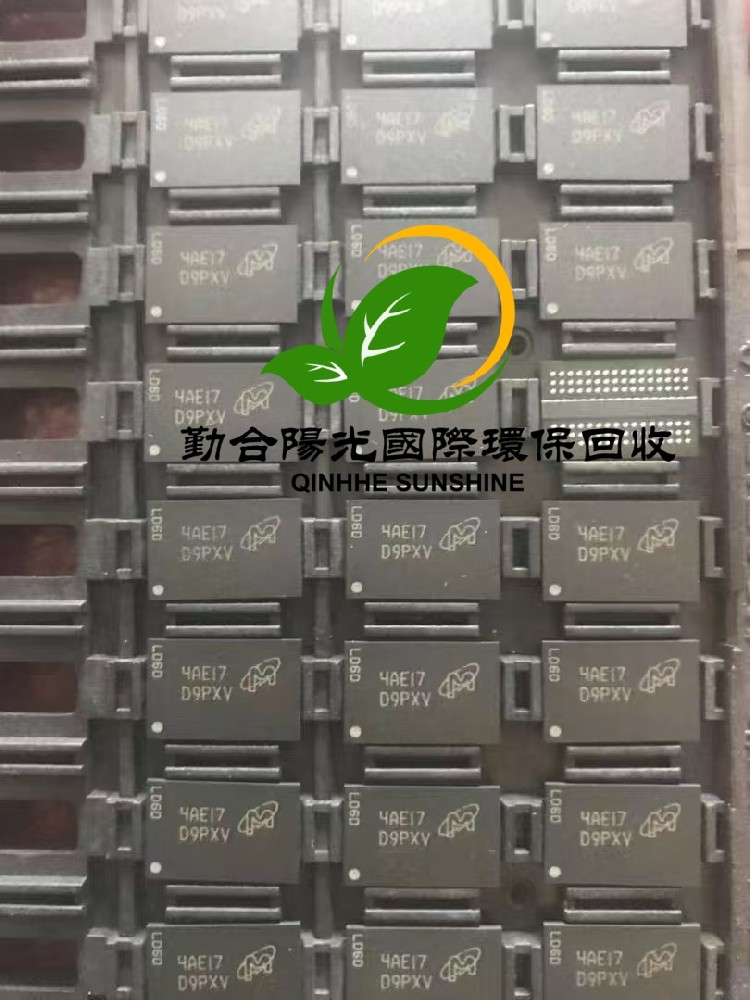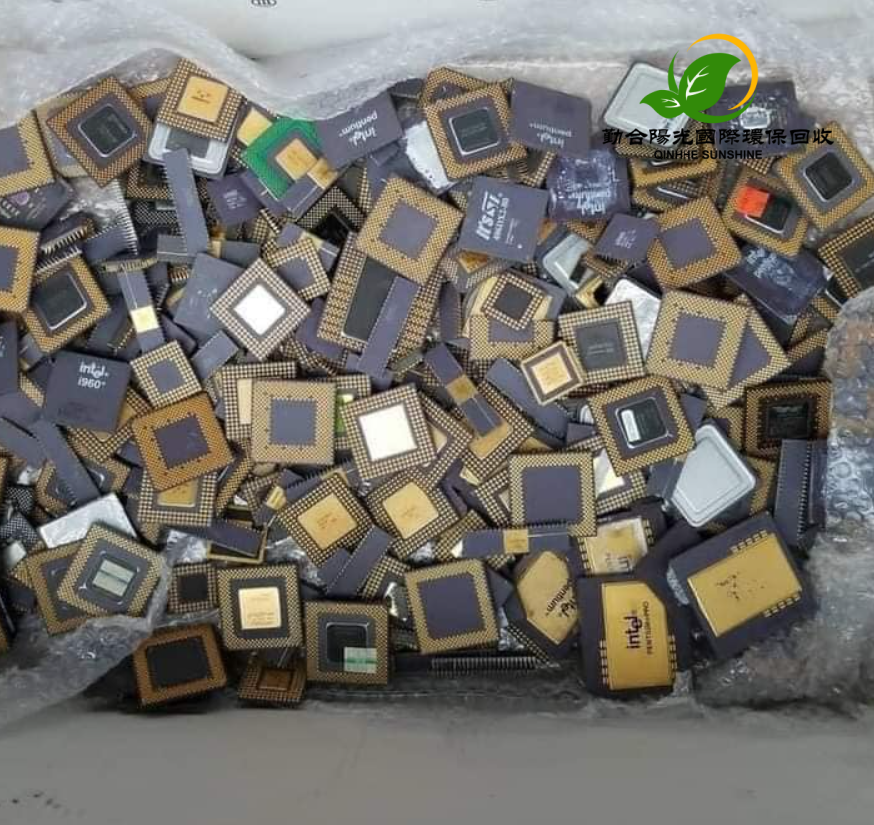IC Recycling: Unearthing the "Digital Treasures" in Electronic Waste
I. Background and Current Situation of IC Recycling
Integrated circuits (ICs), as the core of modern electronic devices, are widely used in numerous fields such as smartphones, computers, automotive electronics, and industrial control. With the rapid development of science and technology, the pace of updating and replacing electronic products is extremely fast, resulting in a large number of discarded ICs every year. According to statistics, the annual generation of discarded ICs globally reaches billions of pieces and shows a continuous growth trend.
Currently, most discarded ICs are not properly recycled and processed. Some are casually discarded and landfilled or incinerated together with ordinary garbage. This not only wastes the rare metals and high-value materials contained in them but also may cause serious environmental pollution due to the heavy metals and harmful substances they contain. For example, heavy metals such as lead and mercury can seep into the soil and water sources, endangering the ecosystem and human health. At the same time, the IC recycling industry is not yet fully developed. There is a lack of a standardized recycling system and advanced technologies, resulting in relatively low recycling efficiency.
II. The Value of IC Recycling
1. Economic Value: The manufacturing process of ICs is complex and costly. They contain various precious metals and rare metals such as gold, silver, copper, and palladium. A common computer CPU may contain several grams or even more precious metals. Through professional recycling, extracting these metals and reusing them in IC manufacturing or other fields can significantly reduce production costs. It is estimated that the value of precious metals extracted from recycling one ton of discarded ICs can reach tens of thousands of yuan or even higher. In addition, some ICs with intact functions or those that can be repaired can be sold second-hand after inspection and repair and applied to electronic products with relatively lower performance requirements, creating new economic value.
2. Environmental Value: If discarded ICs are not properly disposed of, the harmful substances in them will cause persistent and serious pollution to the environment. A standardized IC recycling process can not only recycle the metal resources in them but also harmlessly treat the harmful substances. For example, through professional technologies, heavy metals such as lead and cadmium in ICs can be removed to prevent them from flowing into the environment. This helps to reduce environmental pollution, lower the potential threats to the ecosystem and human health, and achieve a win-win situation for resource recycling and environmental protection.
III. The IC Recycling Process
1. Collection: Recycling enterprises collect discarded ICs by establishing extensive cooperation with electronic manufacturing enterprises, electronic product repair shops, waste recycling stations, etc. Some large recycling enterprises also build online recycling platforms to facilitate customers to submit recycling requests online and send in discarded ICs. In addition, some regions have set up special electronic waste recycling points to encourage residents to centrally drop off discarded electronic products and screen out discarded ICs from them.
2. Inspection and Classification: The collected discarded ICs are first inspected. Professional inspection equipment such as integrated circuit testers is used to determine whether their functions are intact. According to the inspection results, the discarded ICs are classified into categories such as those that can be directly reused, those that need to be repaired before use, and those for disassembly and material extraction. For ICs that can be directly reused, they are cleaned, packaged, and stored; for those that need to be repaired, the causes of the failures are further analyzed; for those that cannot be repaired, preparations are made for disassembling and extracting the materials from them.
3. Repair and Reuse: For ICs with functional failures but with repair value, advanced repair technologies such as laser repair and circuit micro-welding are used for repair. The repaired ICs are inspected again to ensure that their performance meets the usage standards, and then they re-enter the market circulation. For ICs that cannot be repaired, through a combination of physical disassembly and chemical treatment, the casing is separated from the internal chip. Then, technologies such as chemical etching and high-temperature smelting are used to extract the precious metals and rare metals from them.
4. Material Processing and Environmental Disposal: Non-metallic materials such as plastics and ceramics separated from ICs are processed through cleaning, crushing, etc., and can be made into recycled materials for use in the production of other products. The waste water, waste residue, etc. containing harmful substances generated during the processing process are harmlessly treated through specialized environmental protection equipment to ensure compliance with environmental protection emission standards.
IV. Challenges and Countermeasures Faced by IC Recycling
1. Technical Difficulties: With the continuous advancement of IC technology, its integration degree is getting higher and higher, and the packaging forms are becoming increasingly complex, bringing huge challenges to recycling inspection and repair. For example, for new types of flip chips and 3D packaged ICs, traditional inspection and repair technologies are difficult to apply. To address this challenge, it is necessary to increase R&D investment, cooperate with scientific research institutions and universities, and develop advanced inspection and repair technologies, such as artificial intelligence-based fault diagnosis technologies and high-precision micro-nano repair technologies.
2. Market Standardization: There are irregularities in the IC recycling market. Some small recycling enterprises have backward technologies and simple equipment, adopt environmentally unfriendly recycling methods, and there is chaos in market prices. The government should strengthen supervision, formulate strict industry standards and norms, raise the market access threshold, and severely punish enterprises that violate the regulations. At the same time, industry associations should play an active role, strengthen industry self-discipline, and promote the establishment of a unified price guidance system and quality certification standards to promote the healthy and orderly development of the IC recycling market.
IC recycling, as an important part of resource recycling and environmental protection, although facing many challenges, has great development potential. Through technological innovation, policy guidance, and market standardization, the IC recycling industry will play an important role in promoting the sustainable development of the electronics industry.
我的WhatsApp:69536972-郵箱:martin.hyq88@gmail.com


 繁體中文
繁體中文 简体中文
简体中文 English
English




 咨询热线
咨询热线 公司邮箱
公司邮箱 地址导航
地址导航

